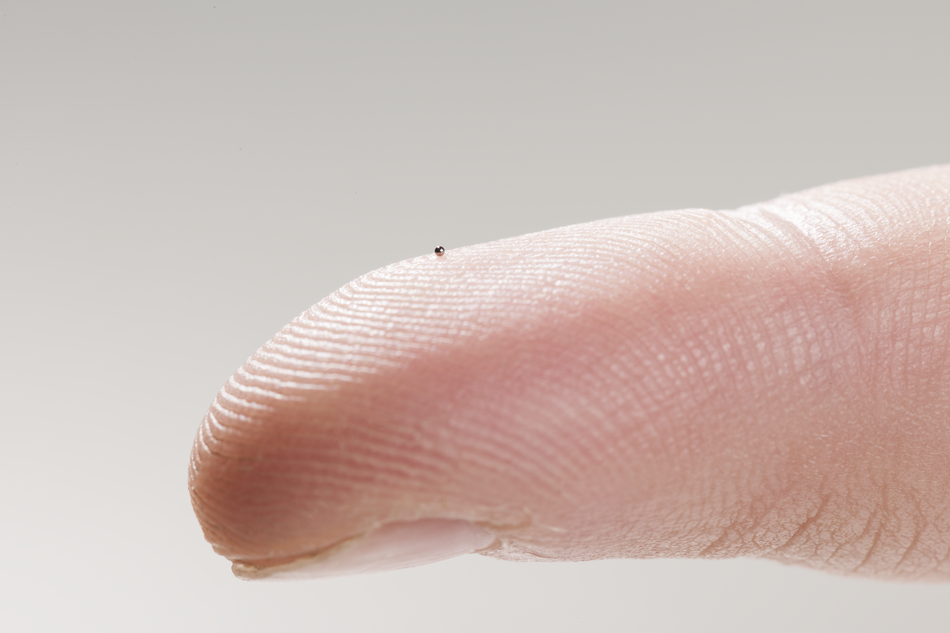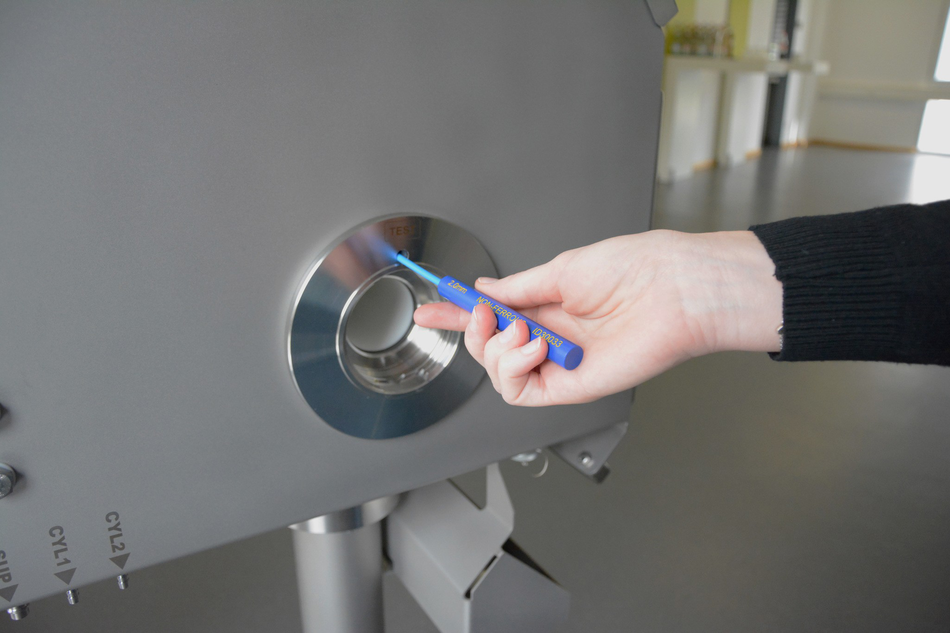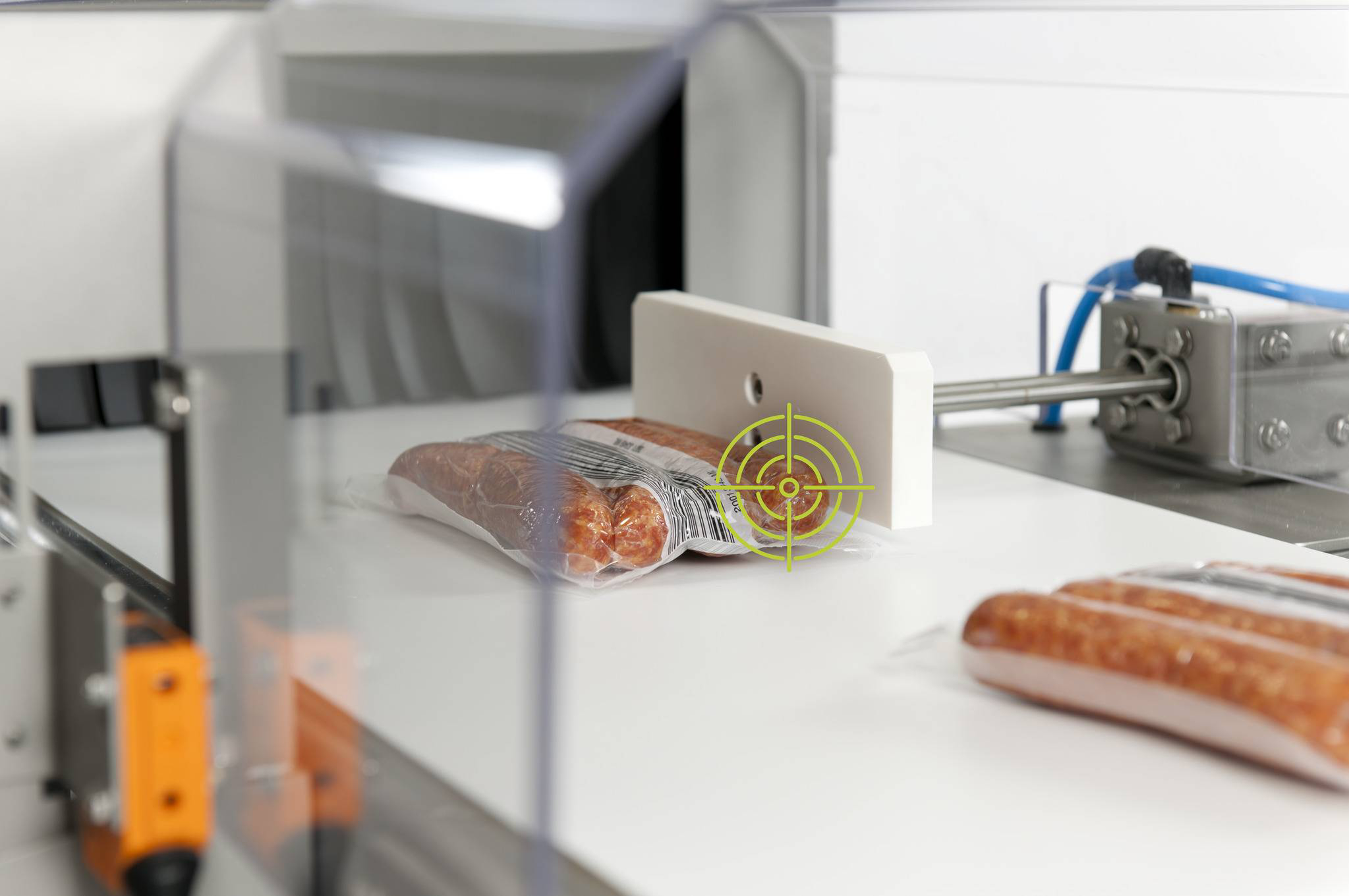Compendium of Foreign Body Detection
On their journey from the farm through the factory to the consumer, food can be contaminated with foreign bodies at virtually all stages of the processing process. To counteract such physical hazards from food at an early stage, food manufacturers rely on reliable inspection technologies in industrial food production.
Possible types of foreign bodies in food
Foreign bodies in food are diverse. Some may be merely unpleasant but harmless. Others, however, can pose a health risk to the consumer when ingested.
Contaminants are often of natural origin: These include, for example, seeds, plant stems, bone fragments, or dirt, stones, as well as fragments of insects. But inorganic contaminants, such as pieces of plastic, metal, or glass, are also possible.
Avoid foreign body, increase food safety
To ensure food safety throughout all process cycles of industrial food production, the HACCP guidelines recommend multiple checks of food on its journey from raw ingredient to finished product.
Modern inspection technologies, various methods of quality assurance, and adherence to strict hygiene regulations in the food industry provide adequate protection against foreign bodies in food.
In our four-part compendium on foreign body detection, we explain key topics of foreign body control.
- Part 1: The basics of metal detection in the food industry – Metal fragments can enter food in various ways. In this chapter, we provide an overview of the role and effectiveness of industrial metal detectors for food.
- Part 2: The use of X-ray systems in the food industry – X-ray inspection is often used to examine already packaged products. Here you will learn how X-ray detectors identify organic and inorganic foreign bodies in food.
- Part 3: HACCP guidelines for determining critical control points in industrial food production – HACCP (Hazard Analysis and Critical Control Points) is a systematic approach to food quality control. In this chapter, we explain at which points in the production cycle quality assurance measures should be implemented.
- Part 4: Testing the performance of foreign body detectors according to BRC standards – In many cases, food safety is directly related to the accuracy of your inspection technology. This guide explains how and when you should test the performance of your inspection technology.
Explore the four parts of our compendium.

PART 1
Basics of Metal Detection
This chapter provides an overview of the role and effectiveness of industrial metal detectors in the food industry.

PART 2
X-ray Inspection Systems for Food
Learn how X-ray detectors identify organic and inorganic contaminants in food products.

PART 3
HACCP in the Food Industry
This chapter explains at which points in the production cycle quality assurance measures should be implemented.

PART 4
Testing Contaminant Detectors According to BRC Standards
This guide explains how and when to test the performance of your inspection technology.

